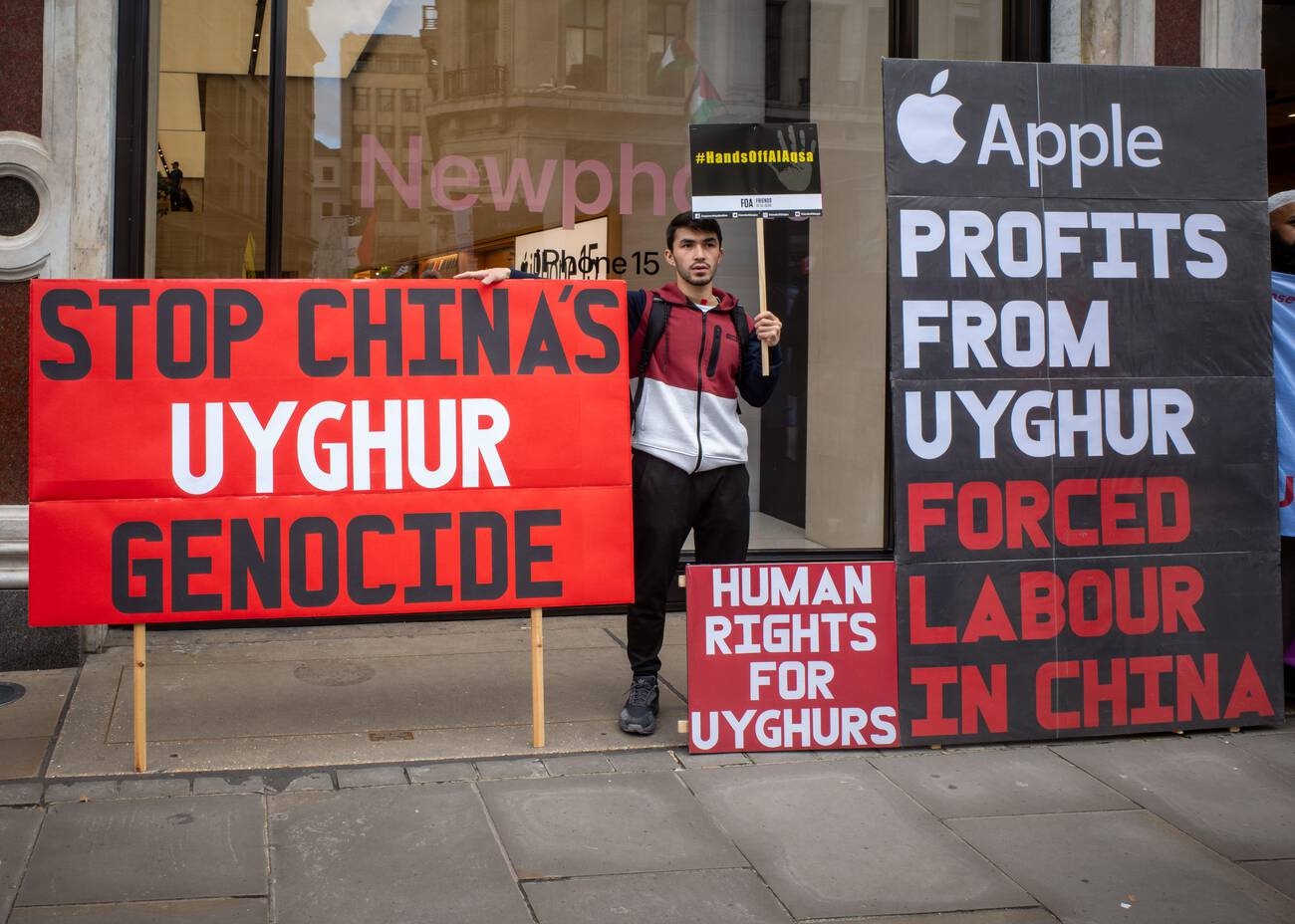Human Lives Human Rights: Throughout the spring and summer of 1940, the German army expanded Hitler’s empire in Europe, conquering Denmark, Norway, the Netherlands, Belgium, Luxembourg and France. Beginning in 1941, Jews from all over the continent, as well as hundreds of thousands of European Romani people, were transported to the Polish ghettoes. The German invasion of the Soviet Union in June 1941 marked a new level of brutality in warfare. Mobile killing units called Einsatzgruppen would murder more than 500,000 Soviet Jews and others (usually by shooting) over the course of the German occupation.
A memorandum dated July 31, 1941, from Hitler’s top commander Hermann Goering to Reinhard Heydrich, chief of the SD (the security service of the SS), referred to the need for an Endlösung (final solution) to “the Jewish question.” Beginning in September 1941, every person designated as a Jew in German-held territory was marked with a yellow star, making them open targets. Tens of thousands were soon being deported to the Polish ghettoes and German-occupied cities in the USSR.
Since June 1941, experiments with mass killing methods had been ongoing at the concentration camp of Auschwitz, near Krakow. That August, 500 officials gassed 500 Soviet POWs to death with the pesticide Zyklon-B. The SS soon placed a huge order for the gas with a German pest-control firm, an ominous indicator of the coming Holocaust.
Holocaust Death Camps, 1941-1945
Beginning in late 1941, the Germans began mass transports from the ghettoes in Poland to the concentration camps, starting with those people viewed as the least useful: the sick, old and weak and the very young. The first mass gassings began at the camp of Belzec, near Lublin, on March 17, 1942. Five more mass killing centers were built at camps in occupied Poland, including Chelmno, Sobibor, Treblinka, Majdanek and the largest of all, Auschwitz-Birkenau. From 1942 to 1945, Jews were deported to the camps from all over Europe, including German-controlled territory as well as those countries allied with Germany. The heaviest deportations took place during the summer and fall of 1942, when more than 300,000 people were deported from the Warsaw ghetto alone.
Tired of the deportations, disease and constant hunger, the inhabitants of the Warsaw Ghetto rose up in armed revolt. The Warsaw Ghetto Uprising from April 19-May 16, 1943 ended in the death of 7,000 Jews, with 50,000 survivors sent to extermination camps. But the resistance fighters had held off the Nazis for almost a month, and their revolt inspired revolts at camps and ghettos across German-occupied Europe.
Though the Nazis tried to keep operation of camps secret, the scale of the killing made this virtually impossible. Eyewitnesses brought reports of Nazi atrocities in Poland to the Allied governments, who were harshly criticized after the war for their failure to respond, or to publicize news of the mass slaughter. This lack of action was likely mostly due to the Allied focus on winning the war at hand, but was also a result of the general incomprehension with which news of the Holocaust was met and the denial and disbelief that such atrocities could be occurring on such a scale.
At Auschwitz alone, more than 2 million people were murdered in a process resembling a large-scale industrial operation. A large population of Jewish and non-Jewish inmates worked in the labor camp there; though only Jews were gassed, thousands of others died of starvation or disease. And in 1943, eugenicist Josef Mengele arrived in Auschwitz to begin his infamous experiments on Jewish prisoners. His special area of focus was conducting medical experiments on twins, injecting them with everything from petrol to chloroform under the guise of giving them medical treatment. His actions earned him the nickname “the Angel of Death.”
End of Nazi Rule, as Holocaust continued to claim lives, 1945
By the spring of 1945, German leadership was dissolving amid internal dissent, with Goering and Himmler both seeking to distance themselves from Hitler and take power. In his last will and political testament, dictated in a German bunker that April 29, Hitler blamed the war on “International Jewry and its helpers” and urged the German leaders and people to follow “the strict observance of the racial laws and with merciless resistance against the universal poisoners of all peoples”–the Jews. The following day, Hitler committed suicide. Germany’s formal surrender in World War II came barely a week later, on May 8, 1945.
German forces had begun evacuating many of the death camps in the fall of 1944, sending inmates under guard to march further from the advancing enemy’s front line. These so-called “death marches” continued all the way up to the German surrender, resulting in the deaths of some 250,000 to 375,000 people. In his classic book “Survival in Auschwitz,” the Italian Jewish author Primo Levi described his own state of mind, as well as that of his fellow inmates in Auschwitz on the day before Soviet troops arrived at the camp in January 1945: “We lay in a world of death and phantoms. The last trace of civilization had vanished around and inside us. The work of bestial degradation, begun by the victorious Germans, had been carried to conclusion by the Germans in defeat.”


















